Oxygen is the least of my worries.
Confession: I don't know how to swim. Games like BioShock instill a sense of dread in me that extends beyond atmosphere. The very idea of being trapped underwater proves unnerving and indie release FarSky takes that same concept, removes the brief comfort of an underwater city and emphasizes the survival mechanics. Can the player gather enough supplies and fend off bloodthirsty sharks in an effort to reconstruct a submarine and reach the surface? It sounds like a grueling challenge, but FarSky offers a concise test of endurance. Nevertheless, the game makes up for the lack of longevity with a steady sense of progression and an appropriately exotic environment.
FarSky spends little time on narrative—Nathan crashes in the ocean and must repair his submarine with the help of a friend on the radio. The game takes a few minutes to establish the rudimentary premise and then thrusts players into an enormous ocean, full of both marvelous wonders and deadly threats. The underwater environment itself stands out as one of the game's greatest strengths due to its novel take on the familiar survival formula. Successful games like Don't Starve and Rust also task players with surviving the elements, but oxygen tanks and barracudas aren't on the list of priorities. I found the ocean to be a refreshing change of pace, even though my real-life fear of water persisted in the back of my mind.
Players must find nine pieces of Nathan's submarine to repair it and reach the surface. The game centers on two basic but critical skills in order to reach that goal: hunting and gathering. A majority of playtime will be spent gathering materials and resources in order to craft better equipment, new buildings, and useful weapons to ward off the ocean's most dangerous creatures. Survival games often include a whole slew of potential items to craft, but FarSky focuses on a much smaller number and partially benefits from its restraint. It makes construction decisions easier and allows players to spend more time actually exploring the ocean.
Trust me when I say there's a lot to discover in FarSky's ocean. Mineral deposits, treasure chests, and temporarily broken drones are all waiting to be found, and I felt the game was at its best when it allowed me to explore the sea at greater depths. Eventually the submarine pieces become much harder to obtain and require new equipment to reach, but the reward is twofold. First, the player finds another submarine piece and gets one step closer to beating the game. Second, it shows off the game's biggest surprises. Much like real life, rarer creatures and glowing spectacles exist deeper in the ocean.
Better materials are also found at greater depths, so take that drill out and get ready to collect some magnesium! That is until a shark eats your face off—then it's back to square one. Players drop all items upon death, but FarSky shows mercy and pinpoints the location on the map. It's a surprisingly light penalty that hinders the game's challenge. For a game that emphasizes survival, I thought death would be a bigger deal. Nevertheless, being eaten by a giant fish is still annoying and it's at that point the prey becomes the predator, especially when hunger rears its ugly head. Like any normal human being, Nathan can't function on an empty stomach. A great, albeit dangerous way to collect food is to craft a speargun and start shooting fish. This represents another key part of the game and provides an enjoyable contrast to the gathering/construction element.
FarSky's journey from ocean to surface is a strong and focused experience, but it also hinders the title's longevity. I appreciate a game with a clear end goal, but I can't imagine myself going back to FarSky often. The game creates randomly generated worlds, but the challenge from one playthrough to the next remains largely the same. Survival mode unlocks upon completing Adventure mode, which results in far more enemies and thus more frustration. FarSky also includes a customizable sandbox, but starting equipment must be purchased with coins found in Adventure mode. It generates incentive to play the game “right” the first time, but I like my sandbox to allow for complete freedom and in turn more insanity.
Few realistic settings are more dangerous and mysterious than the depths of the ocean, and FarSky captures the duality of its environment and capitalizes on it. I was struck most by the underwater atmosphere, but the fundamentally sound crafting elements and steady progression resulted in a fun time as well. The game may be rough around the edges—especially when one takes a look at its visuals—but it offers a worthwhile survival experience for fans of the genre.
-
Establishes strong underwater atmosphere
-
... in spite of crude visuals
-
Presents a clear end goal
-
Steady progression
-
Ocean represents a nice change of pace
-
Lacks longevity
-
Light on challenge
Skylanders Team Trap Screens
-
Skylanders Team Trap Screens #1
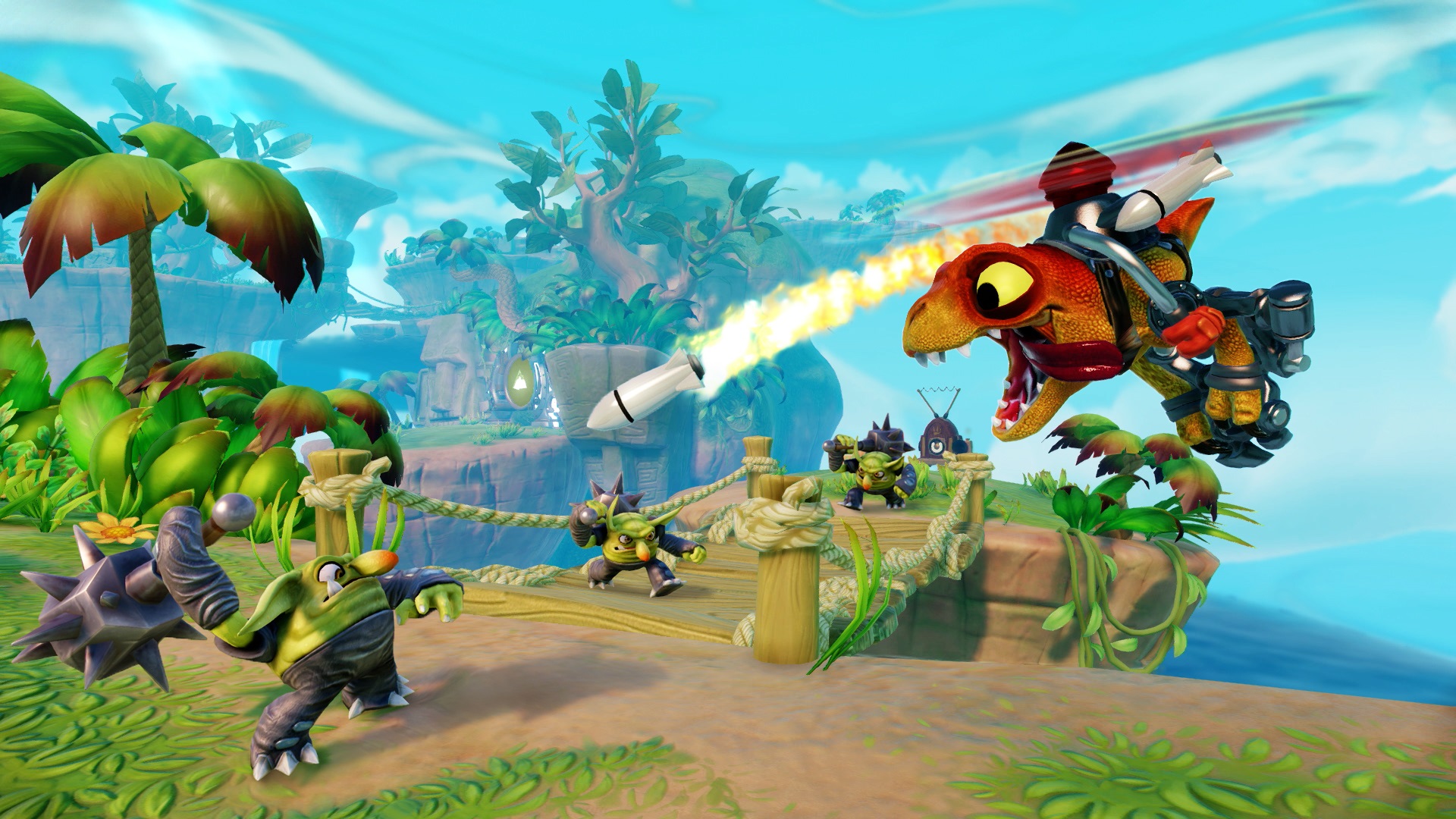 [Click to enlarge.]rn
[Click to enlarge.]rn -
Skylanders Team Trap Screens #2
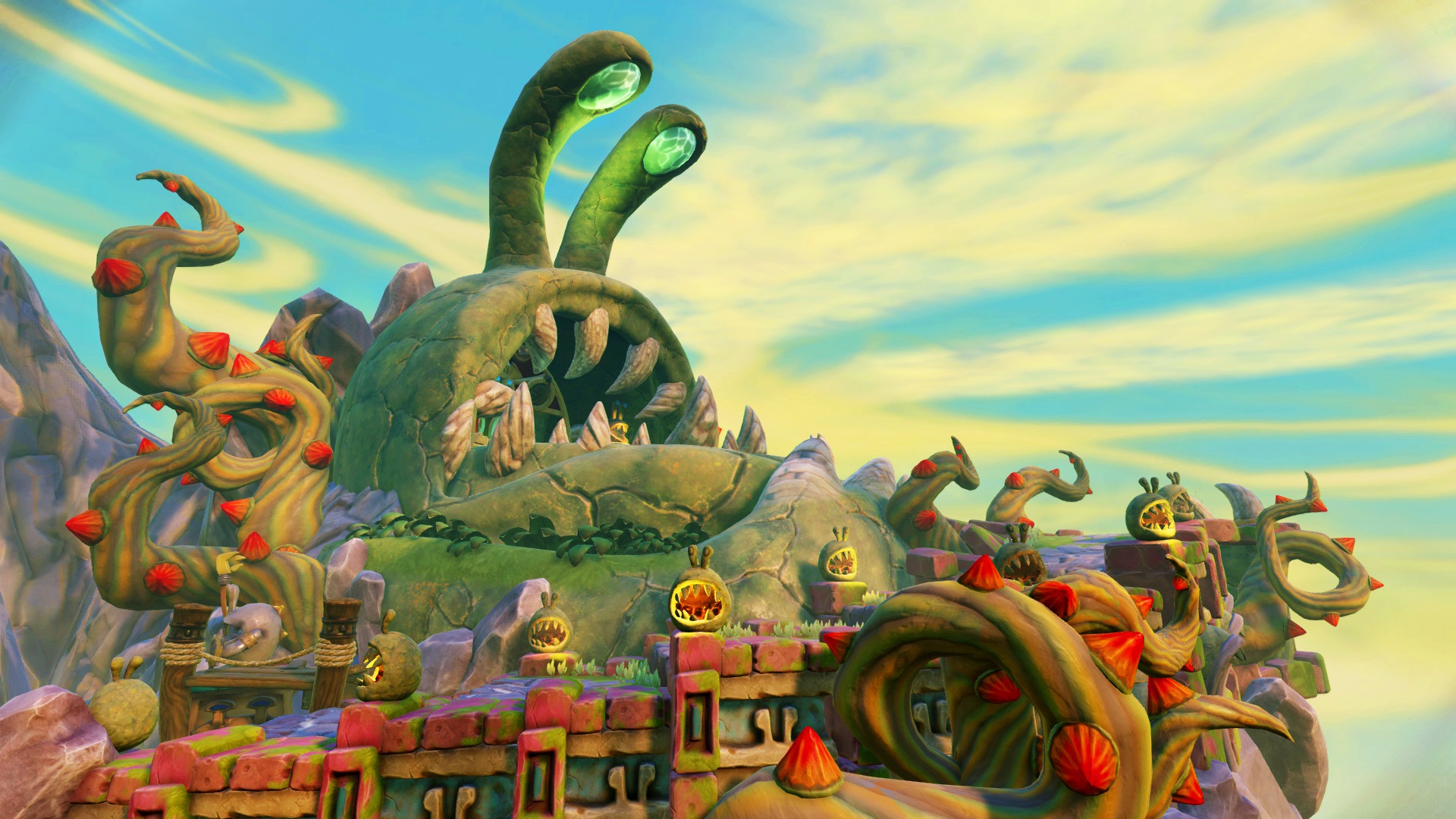 [Click to enlarge.]rn
[Click to enlarge.]rn -
Skylanders Team Trap Screens #3
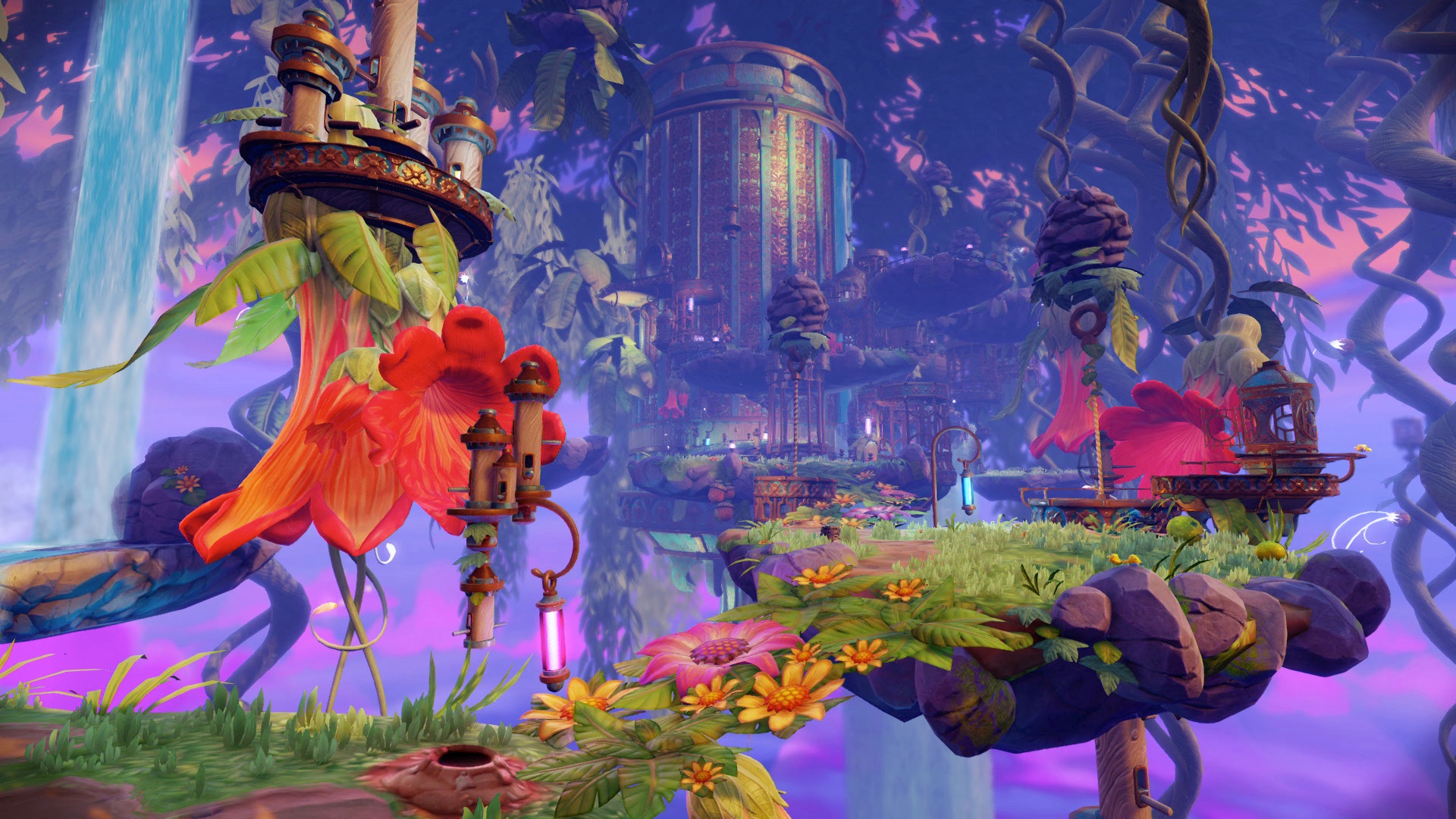 [Click to enlarge.]rn
[Click to enlarge.]rn -
Skylanders Team Trap Screens #4
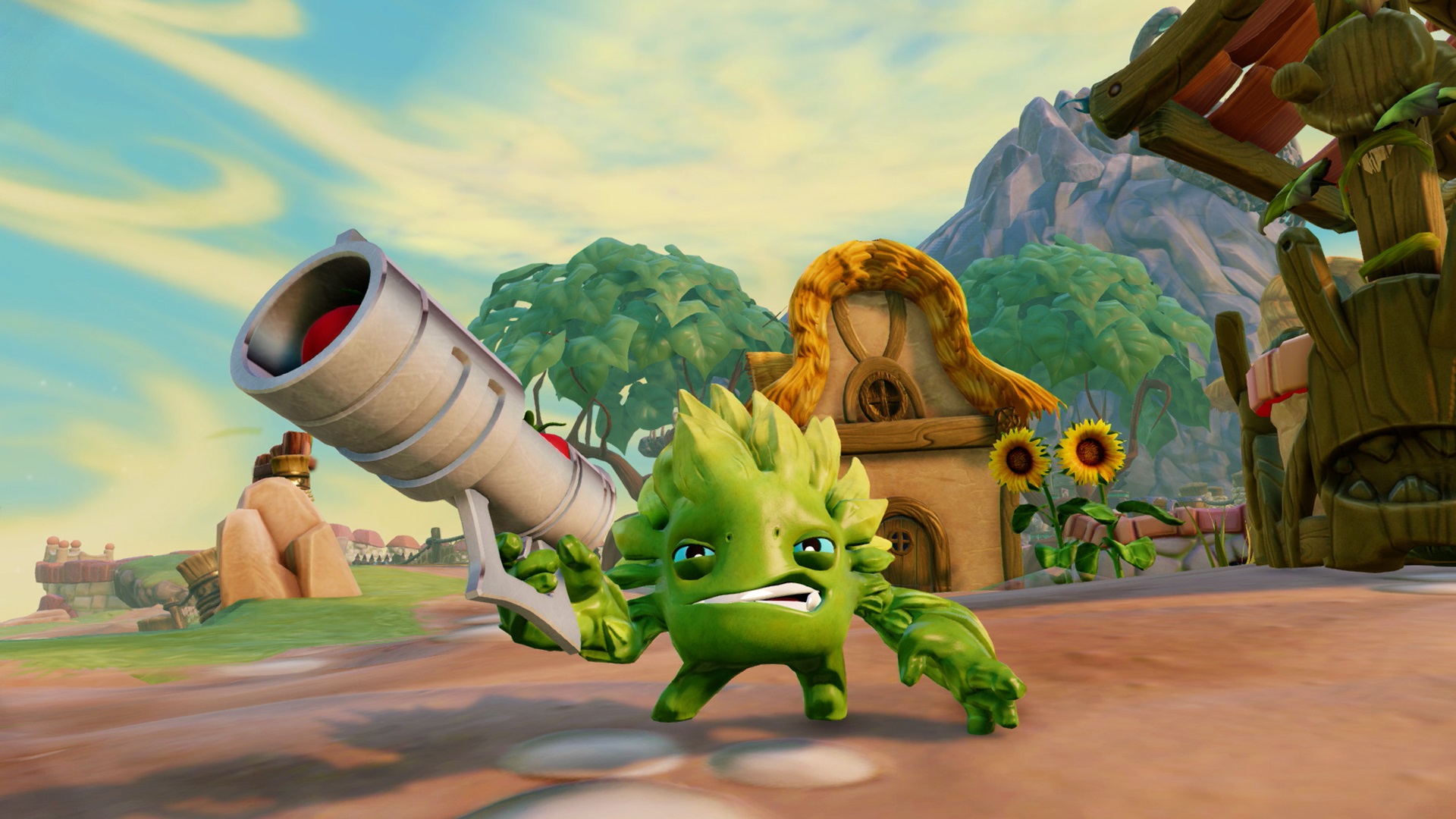 [Click to enlarge.]rn
[Click to enlarge.]rn -
Skylanders Team Trap Screens #5
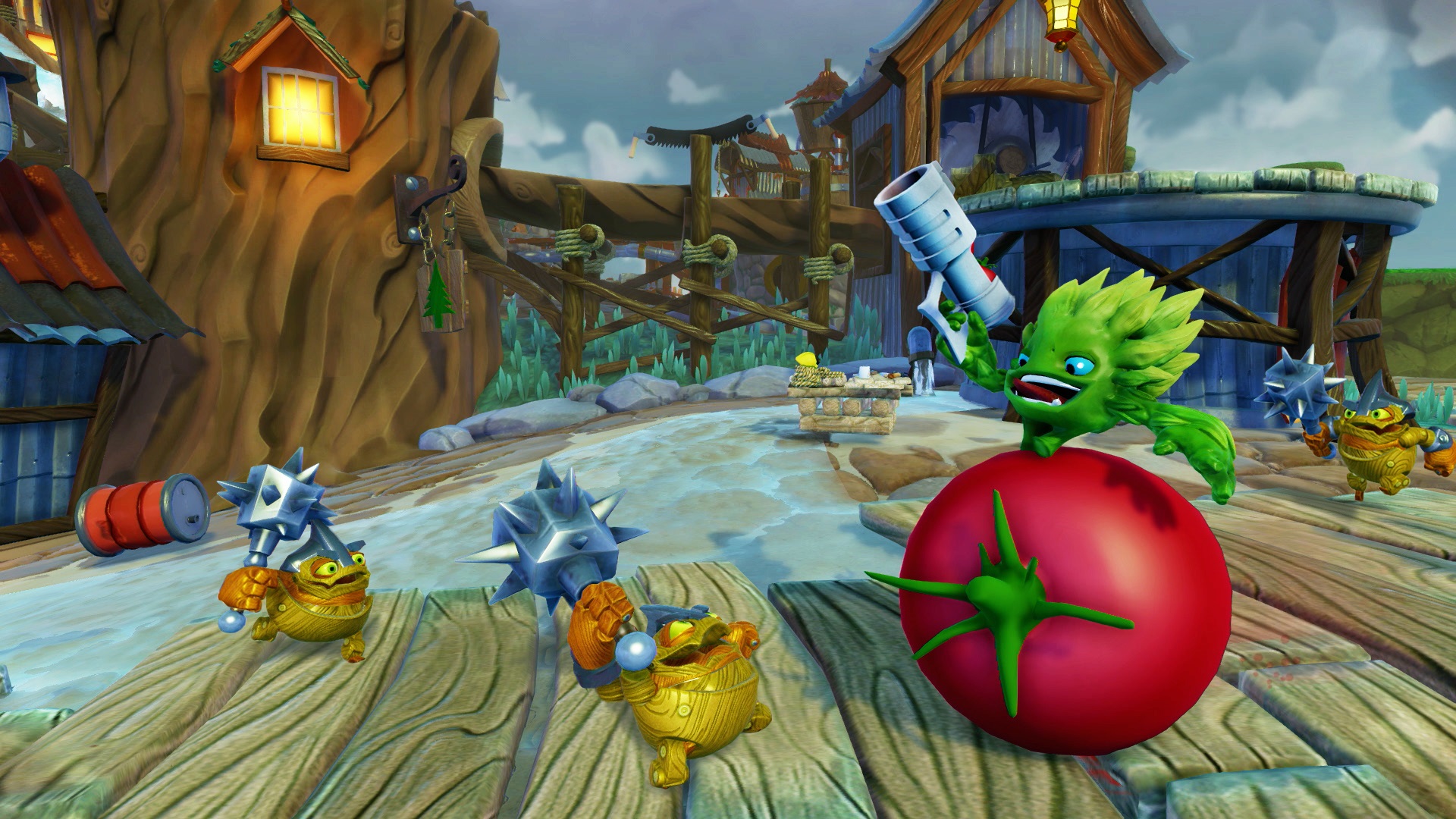 [Click to enlarge.]rn
[Click to enlarge.]rn -
Skylanders Team Trap Screens #6
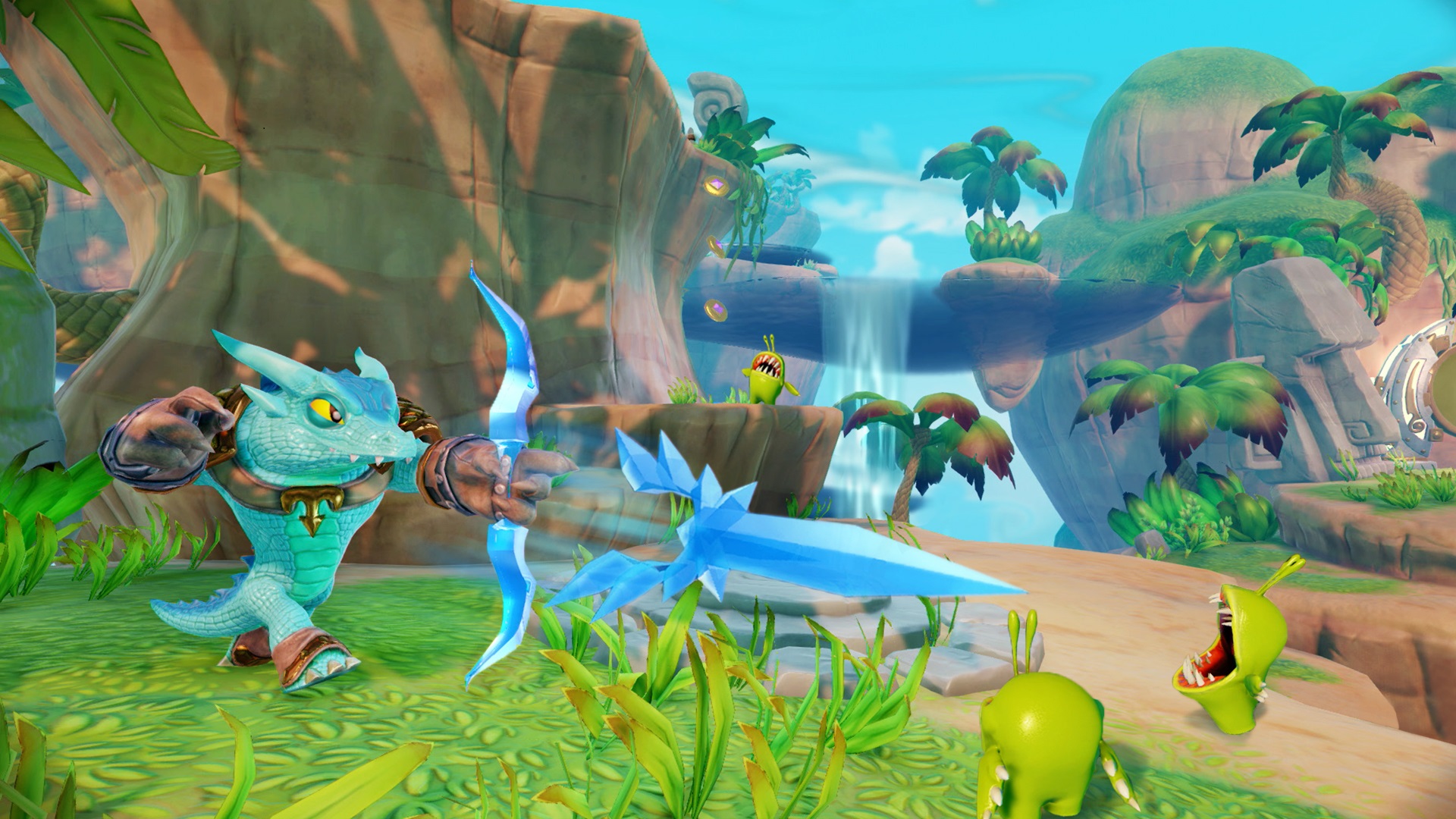 [Click to enlarge.]rn
[Click to enlarge.]rn -
Skylanders Team Trap Screens #7
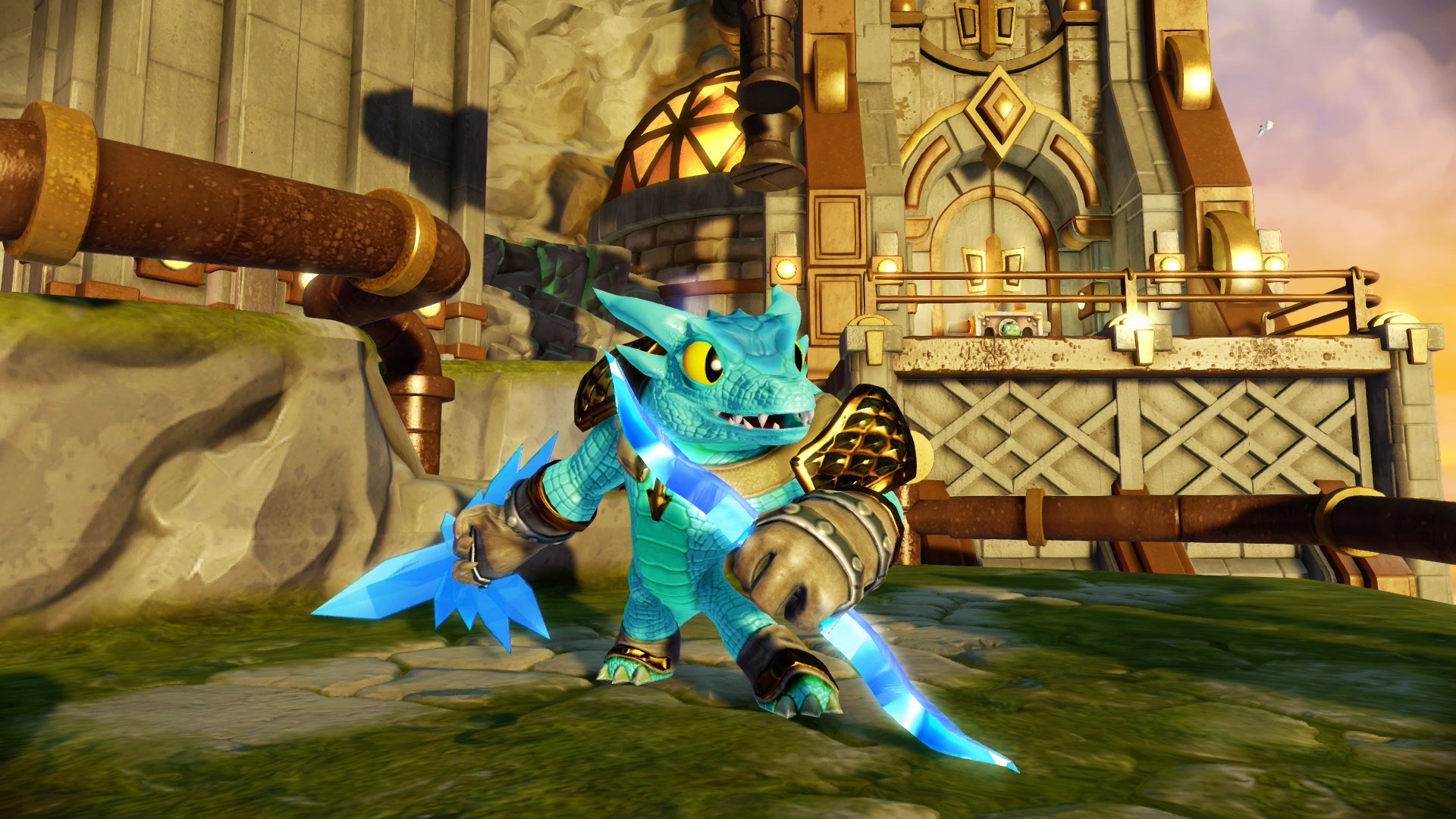 [Click to enlarge.]rn
[Click to enlarge.]rn -
Skylanders Team Trap Screens #8
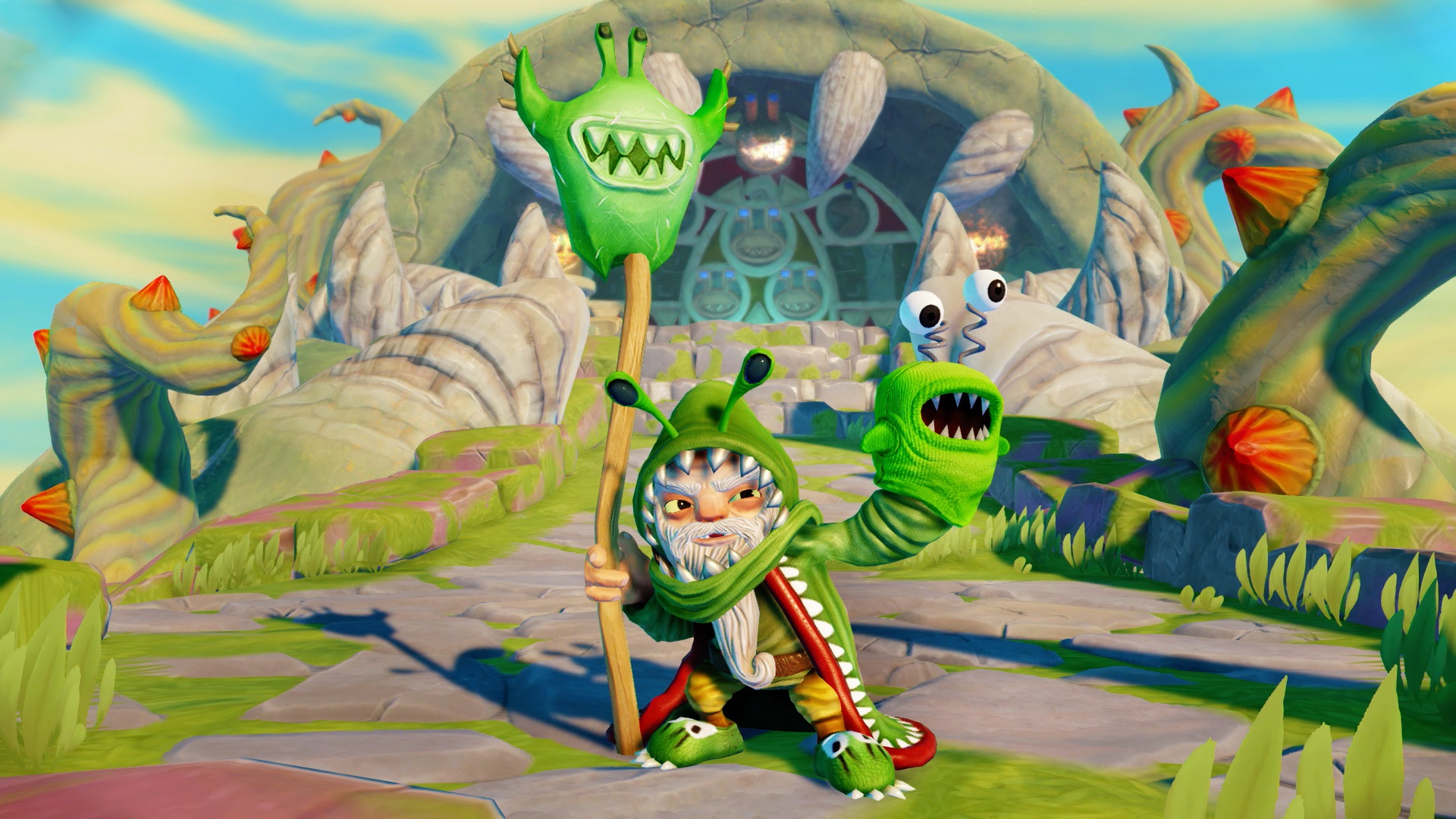 [Click to enlarge.]rn
[Click to enlarge.]rn -
Skylanders Team Trap Screens #9
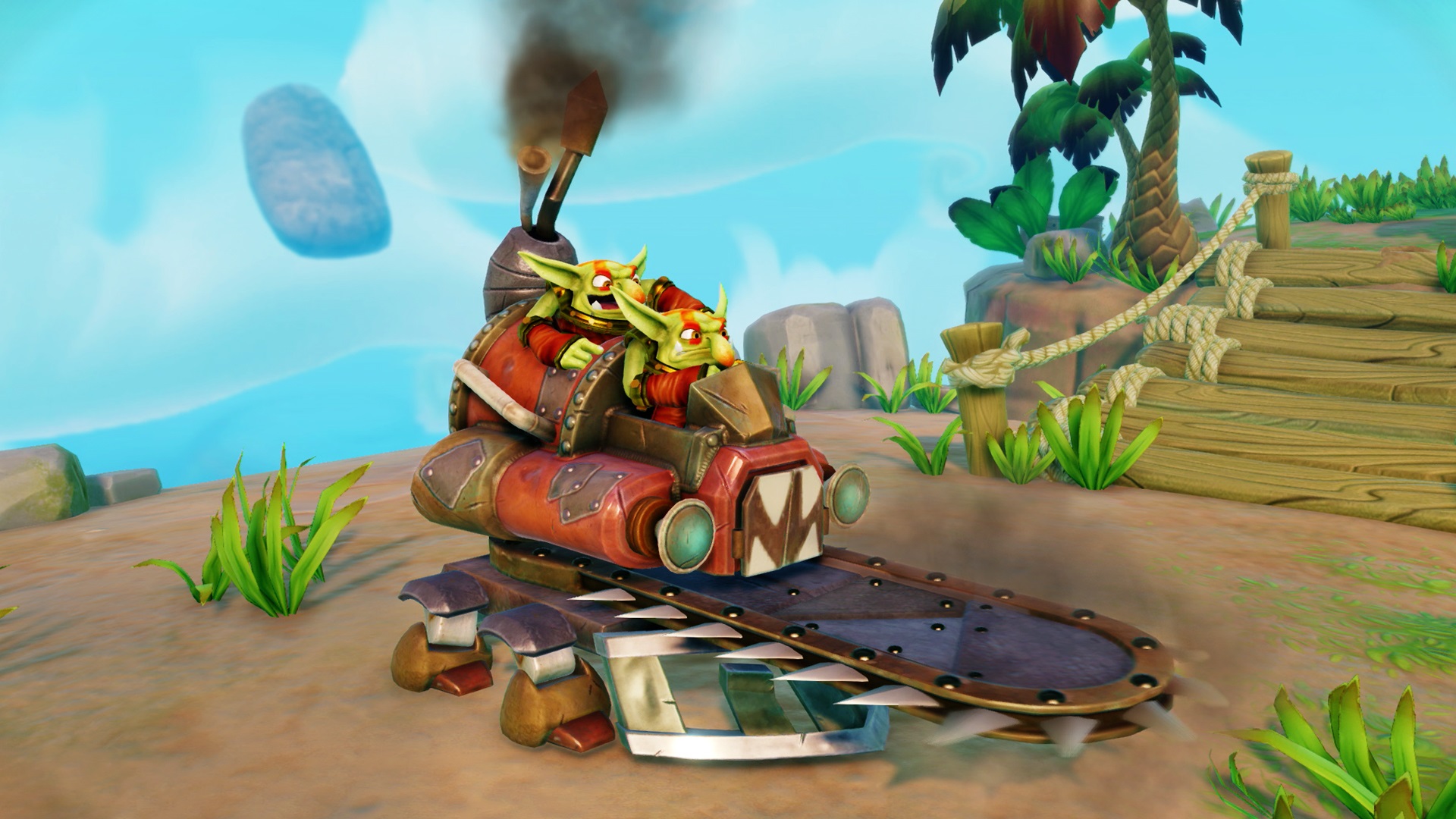 [Click to enlarge.]rn
[Click to enlarge.]rn -
Skylanders Team Trap Screens #10
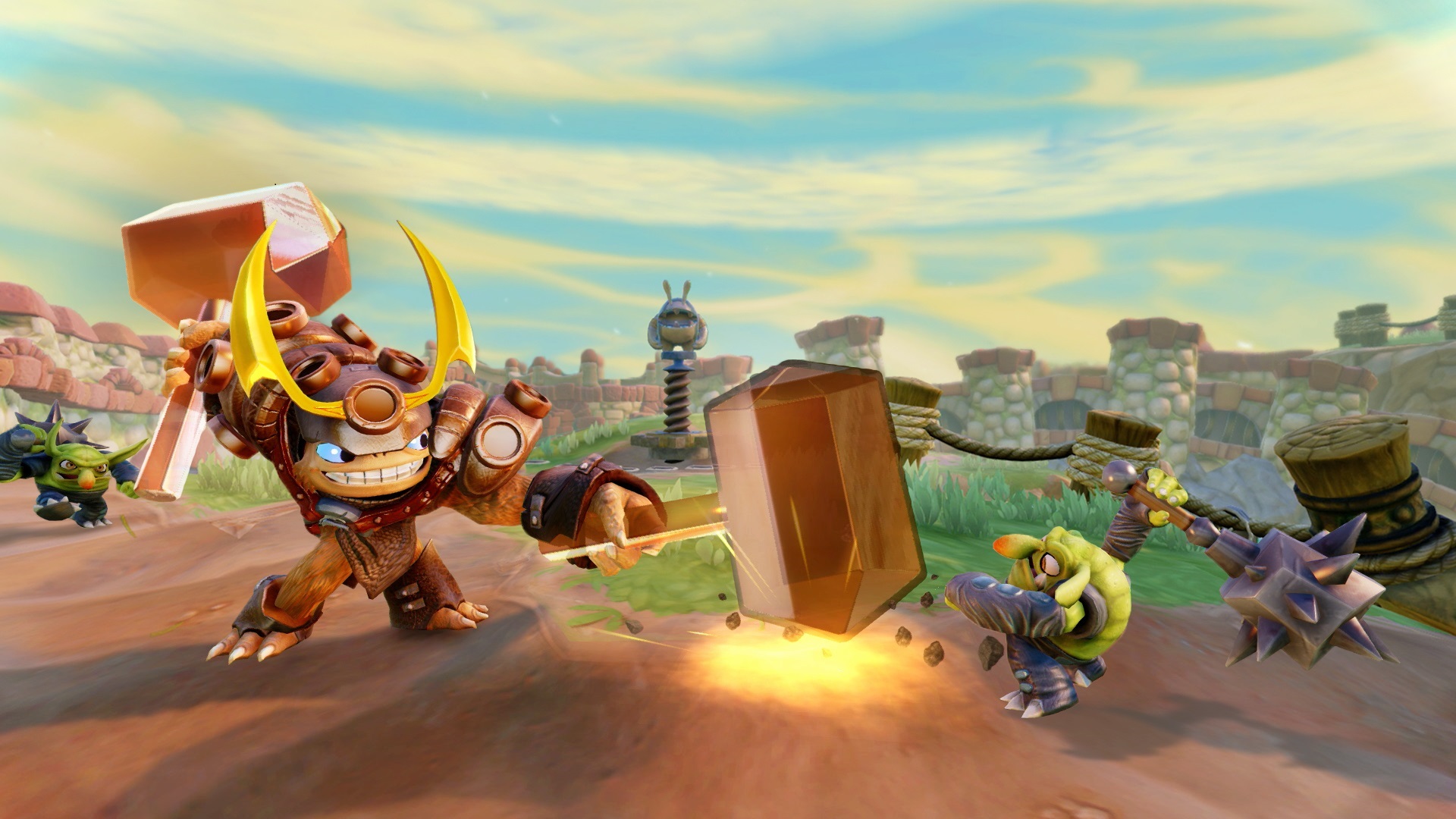 [Click to enlarge.]rn
[Click to enlarge.]rn -
Skylanders Team Trap Screens #11
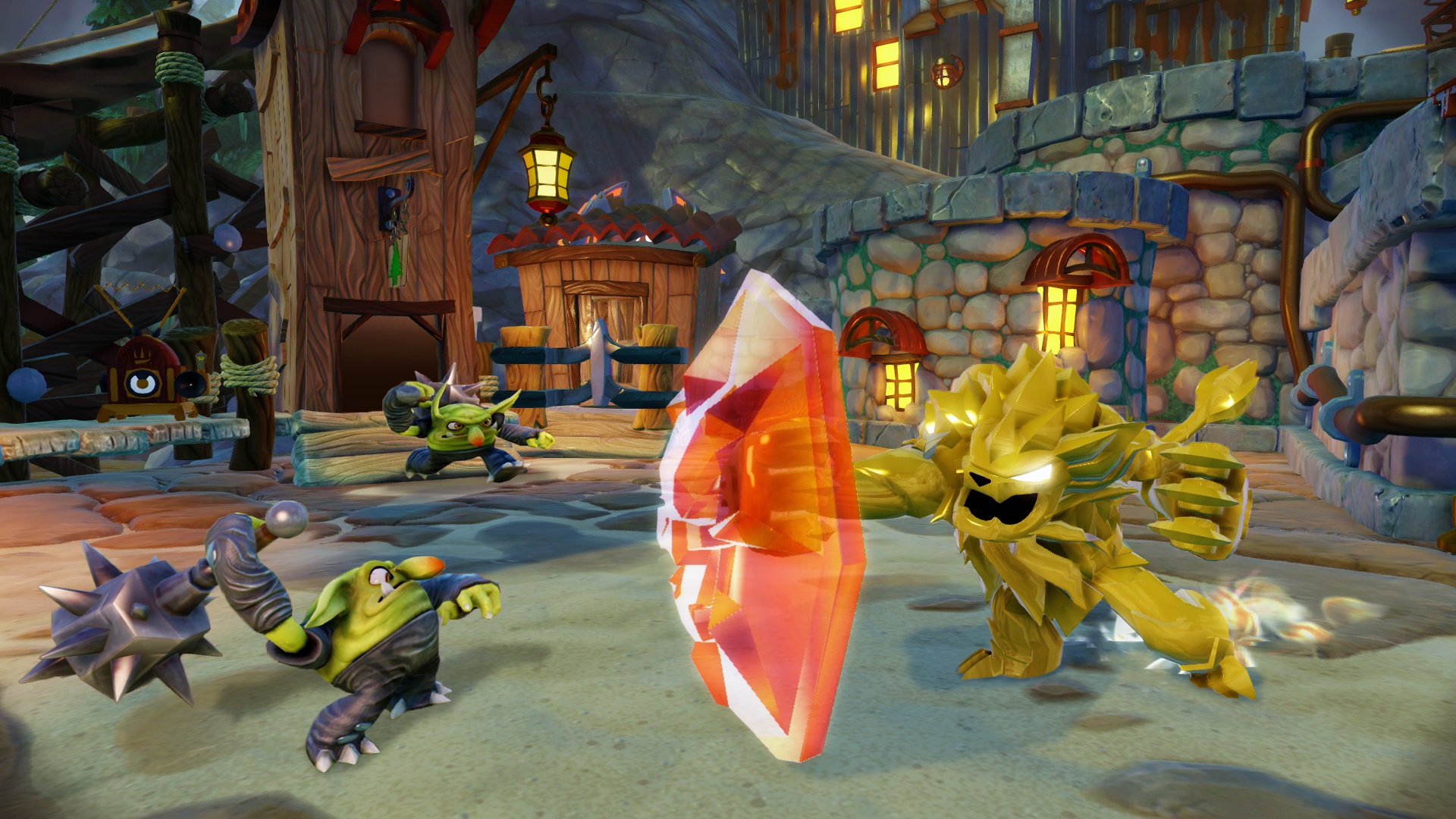 [Click to enlarge.]rn
[Click to enlarge.]rn







